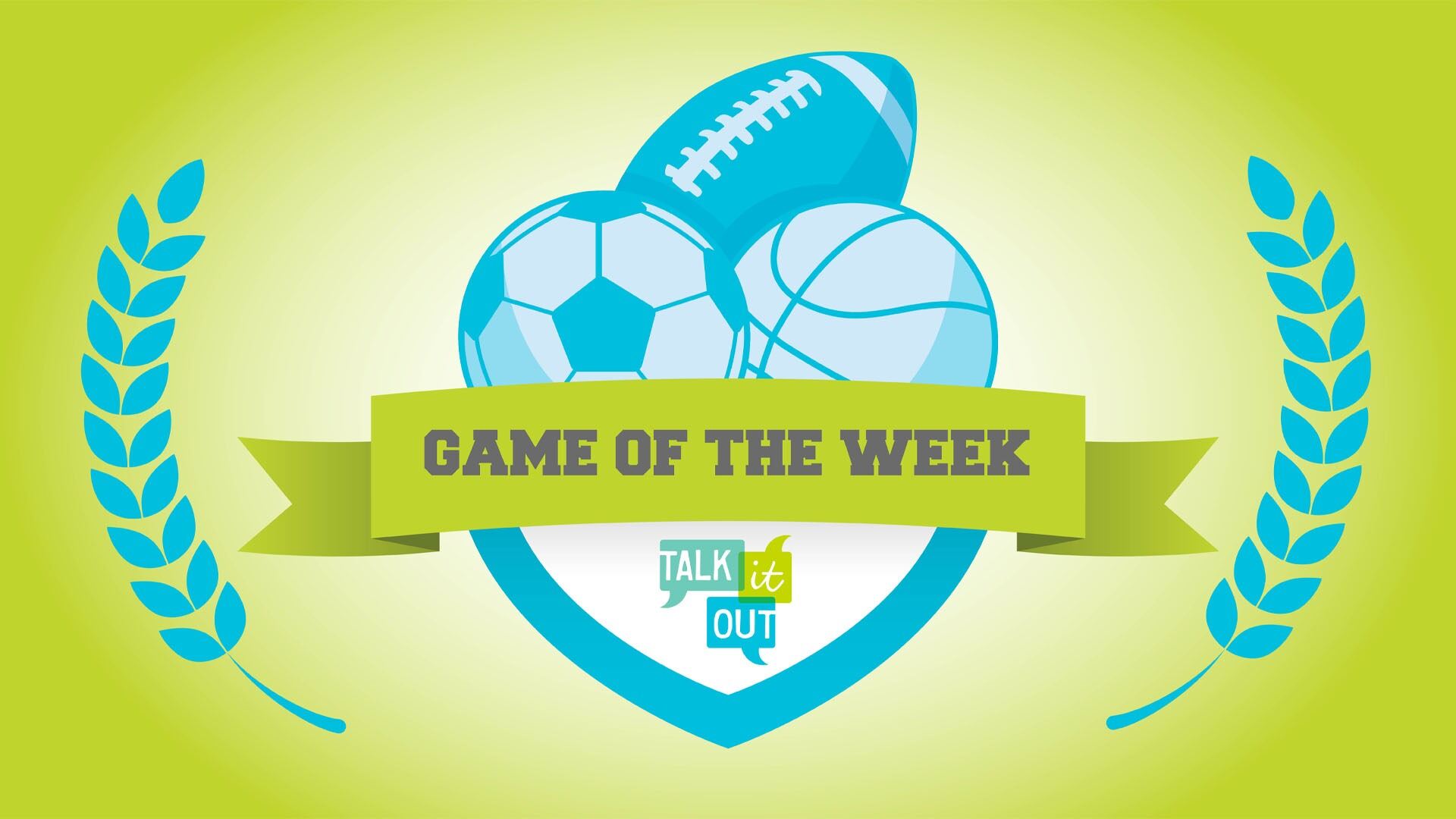Hard push warns youth about drinking

By Jane Stancill, News & Observer
A new set of hard-hitting commercials will debut this week, warning North Carolinians of the sometimes devastating consequences of underage drinking.
Beginning Tuesday, the messages will pop up on TV, radio, Facebook and Twitter – even at local gas pumps – as students head back to school.
It’s the second phase of the “Talk it Out” campaign by the N.C. Initiative to Reduce Underage Drinking – a statewide effort that will spend $3.1 million this year. The ads are designed to grab parents’ attention and urge them to discuss the dangers of drinking with their children younger than 21.
The awareness campaign began last year, and the renewed push comes at a time when grief-stricken families have been in the news in the Triangle.
Late last month, a Raleigh couple was on trial for allegedly aiding and abetting underage drinking at a wedding at their home. Charles and Kimberley Matthews were acquitted, but still face a civil suit from the parents of a teenager who died in a drunk driving accident after the party.
On July 19, a UNC-Chapel Hill student driving the wrong way on Interstate 85 in Orange County slammed into a Jeep, killing three people. Chandler Michael Kania, 20, was charged with murder, and investigators say he used a fake ID to buy alcohol at Chapel Hill bars before the crash.
“That’s why we’re doing what we’re doing,” said Jim Gardner, chairman of the state’s ABC Commission and leader of the awareness campaign. “Maybe if we had done this 15 years ago, maybe it wouldn’t have happened. Who knows?”
Alcohol is a $5.5 billion-and-growing industry in North Carolina. The money for the ads is carved out of the ABC’s budget from alcohol revenues and fees. North Carolina and Utah are the only states that have spent money and taken on the issue in a focused way, Gardner said.
“If the state of North Carolina is going to be in the alcohol business, then I think as a state we have a responsibility to do everything we can to see that underage drinking is reduced,” said Gardner, a former lieutenant governor. “I’d like to see it eliminated, but that’s not going to happen.”
Anti-smoking campaigns hammered on the health effects of cigarettes for years before they took hold of the public consciousness. In 2011, 19 percent of adults were smokers, down from 42 percent in 1965, according to the National Health Interview Survey.
Backers of the alcohol campaign want to begin to change culture – to turn around the notion that underage drinking is a rite of passage, a mischievous step into adulthood.
Every week, one person in North Carolina dies due to underage drinking, according to the state, and the problem costs $1.3 billion annually.
Yet a statewide survey of 500 parents and 300 middle and high school students last year showed that not everyone recognizes its severity. Students and parents had wide agreement that underage drinking was a problem: 87 percent of youths and 84 percent of adults. But 58 percent of the youths called it a serious problem, compared to only 37 percent of adults surveyed.
The campaign aims to close the seriousness gap. The ads, which began last fall, pack a surprise punch. In one, a father cheerfully chats while mashing bananas for his son’s lunch, as if he were talking to a small child, and the camera cuts to a young man disabled with a traumatic brain injury. In another, a mother tenderly puts earrings and a corsage on her daughter as if she’s going to the prom, but instead a wide shot reveals that the daughter is dead in a casket.
The ads end with: “Today’s the day to start the conversation and stop underage drinking.”
‘In your face’ ads
Steve Sciascia wishes he had had more of those conversations with his son, Joseph, who was killed in a car crash in 2011 at the age of 19. He and two underage friends had been drinking at an apartment complex near UNC Charlotte before the wreck. The driver was permanently brain damaged and is now bedridden, Sciascia said.
Despite the constant pain, Sciascia and several other parents have recorded videos for thewww.talkitoutnc.org website. Last year, he traveled to middle schools around the state for the campaign launch, and he plans an event with a regional parent-teacher association this fall.
Sciascia said the ads are “in your face,” but he’s OK with that.
“People need to realize the consequences of what could happen,” he said. “Parents – I think that’s probably the biggest struggle: ‘Oh, it’s not my child, it’s not my child.’ But yeah, it probably is. The odds of your child drinking are a lot higher than you think they are….Those parents don’t believe that it can happen to them. But it does and it will and it’s not going to stop until we try to get in front of it.”
A second survey conducted this year showed that the ads may have made an impact; data showed a 7 percentage point increase in parents who identified underage drinking as a serious problem. Two-thirds of parents said they weren’t fully prepared to address the issue with their children, while three-quarters of the youths said parents talking with them could help curb underage drinking.
Ads aren’t the only way to reach the public. The initiative has teamed up with other community organizations, including the PTA and the Girl Scouts. A training module is being developed for public school teachers. Messages are being targeted to middle schoolers because, on average, a child will try alcohol by the age of 14. Duke University athletes were brought in to deliver the message to middle school students in Durham.
Young people who go to the DMV for driver’s tests will receive pamphlets warning them that a conviction for a false ID could mean the loss of their license for a year.
The ABC Commission is also doing more to train permit holders and alcohol servers, holding special sessions in eight North Carolina cities where universities are located. Combating fake IDs has become harder with the proliferation of online operations in China that churn out IDs to young Americans for cash, Gardner said.
Go to the source
Stepped up enforcement can only do so much, said Luther Snyder, executive director of the N.C. Initiative to Reduce Underage Drinking.
“You can get ALE to write tickets at an N.C. State football game, but we want to go to the source – the parents – and try to get them to have that conversation early,” Snyder said.
For Sciascia, it’s not easy to relive the nightmare of the police knocking on his door at 4:30 a.m. on a September day four years ago. But his involvement with the campaign has been a kind of therapy.
The mayor of the Charlotte suburb of Harrisburg, Sciascia doesn’t mind using his position to speak out. He started a scholarship in his son’s name; applicants had to write essays about how they could reduce drunk driving in their community.
He just applied and was awarded a 3.5-mile stretch of a Harrisburg road for the state’s Adopt-A-Highway Program. He’ll organize quarterly trash pickups in exchange for a sign along the road. He thought about putting his son’s name on the sign, but instead decided to publicize Talk it Out.
“Too many kids are dying,” Sciascia said. “It’s so preventable. It’s so avoidable.”
TEN TIPS FOR PARENTS
1. Start early, before you think your children will be exposed to alcohol. Don’t wait until they’re in high school.
2. Explain the consequences of underage drinking, and ask questions to make sure your child understands. Have facts at hand about drunk driving accidents, sexual assaults, addiction risk and legal trouble.
3. Explain that alcohol is dangerous for the developing brain.
4. Show that you disapprove of underage drinking, and emphasize that having alcohol before age 21 is illegal.
5. Show your love and concern for your child’s health and well being.
6. Show that you’re paying attention to your child’s activities, so that you’ll pick up on alcohol use.
7. Build your child’s skills and strategies for avoiding underage drinking – beyond “Just say no.”
8. Make clear that you will reward responsible behavior if, for example, your child calls you for a ride or leaves a party where alcohol is present.
9. Use real-life examples. Discuss news stories about tragedies involving underage drinking.
10. Keep the conversation going. Once is not enough; the message should be frequently reinforced.



